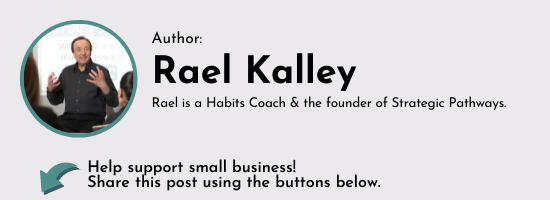Have you heard of “the Great Resignation?” I’ve seen some interesting perspectives on this issue, including earlier this fall, when I attended a Zoom meeting for a company that engaged me to do some work.
My client, a brand new vice president, had invited me to join the meeting at which he would address the difficulty the company has had retaining staff and filling positions.
The Great Resignation? Or Just Low Morale?
Some have termed this the Great Resignation. Others say rumours of mass resignations and challenges hiring are a great exaggeration. Either way, my client has found many employees are moving on, causing those who remain to have significantly increased workloads.
My client began the meeting by announcing he was aware of a rising dissatisfaction among some staff members. He expressed his opinion that their discontent was indeed justified by the increase in work that seemed to have no end in sight.
He apologized profusely and acknowledged that not only had he failed to foresee and prevent this problem, he too was guilty of contributing to it.
He explained how he intended to develop an environment in which each person would look forward to coming to work every day and that each person in the room had a role in making this happen.
The Solution is A Solution
He asked those present to openly express their concerns. He assured these folks that the company would take action.
He asked for only one thing in return. He asked each person who came forward to discuss a concern, problem, frustration, or challenge they were experiencing to propose a solution and the role they would be willing to undertake in its implementation.
While he was careful to state that while the company could not implement every single suggestion, he would consider and evaluate every idea.
He continued by saying that in his opinion, a true mark of leadership is the willingness to assume ownership of a challenge and to be the living embodiment of what successful change looks even if one lacks the authority to formally influence such change.
He stated his belief that he was addressing a roomful of leaders.
As an outsider, an observer, watching his every move and paying close attention to every word, I thought he did a masterful job.
In my opinion, his presentation was honest, sincere and sensitive. He openly took responsibility for all they’d been through since the pandemic began, even though that company had only employed him for less than a month.
I have spent a lot of time working with different people in different departments of this organization, so I was well aware of the declining morale throughout the organization and a growing sense of “they treat us like $^*#” around here.
The CEO recruited this young VP as the first step in a well-thought-out strategy to address the concerns with poor performance and growing discontent that he believes exacerbates their turnover problem.
It Takes Time
I really thought that this was, as the new vice president had promised, the dawn of a new day for these employees. I hoped the audience would buy into his vision for improvement. I thought they would give him a chance.
Boy, was I wrong. I had underestimated the depth of employee dissatisfaction.
In an update a couple of weeks later, I learned the staff approached this speech with a great deal of skepticism. The complaints and resignations continued without the requested ideas for solutions.
What is the solution for employees who have become so jaded by life, angry, frustrated, hurt, and disappointed that they now believe this is the status quo and will never change, despite promises to the contrary?
(Click to Tweet)
It’s pretty simple. Note I said simple, not easy.
Consistency Breeds Results
This new vice president was relatively undaunted about his staff’s reaction. When morale has been low for so long that most employees have taken on the position of cynicism and learned helplessness, it takes more than one rallying speech to turn things around.
It takes a cultural overhaul.
This new leader suspected that might be the case. His speech was just the first step in turning around the culture supporting the employee churn problem.
He needed to demonstrate that he was, and is, serious about hearing the employee’s concerns. He asked them to participate in the solution. Still, before he was likely to see that problem-solving mindset, it was up to him and the rest of the senior leadership team to demonstrate that they are indeed serious about making the necessary changes to their workplace.
It means when employees do express concerns, management needs to respond and take action.
It might not seem fair that this new VP has to take responsibility for problems he didn’t create. But until someone takes responsibility, the steady march of employees out the door is unlikely to change.
There is a lot of argument about whether the Great Resignation exists, and if it does, what its causes are.
This company recognizes the truth about the Great Resignation. It doesn’t matter. It doesn’t matter if your employee churn problems are related to some more significant societal trend.
All that matters is making the employees you want to keep feel valued. Then and only then will you see the cultural change that allows you to ask them to be part of the solution.
Till we read again.


